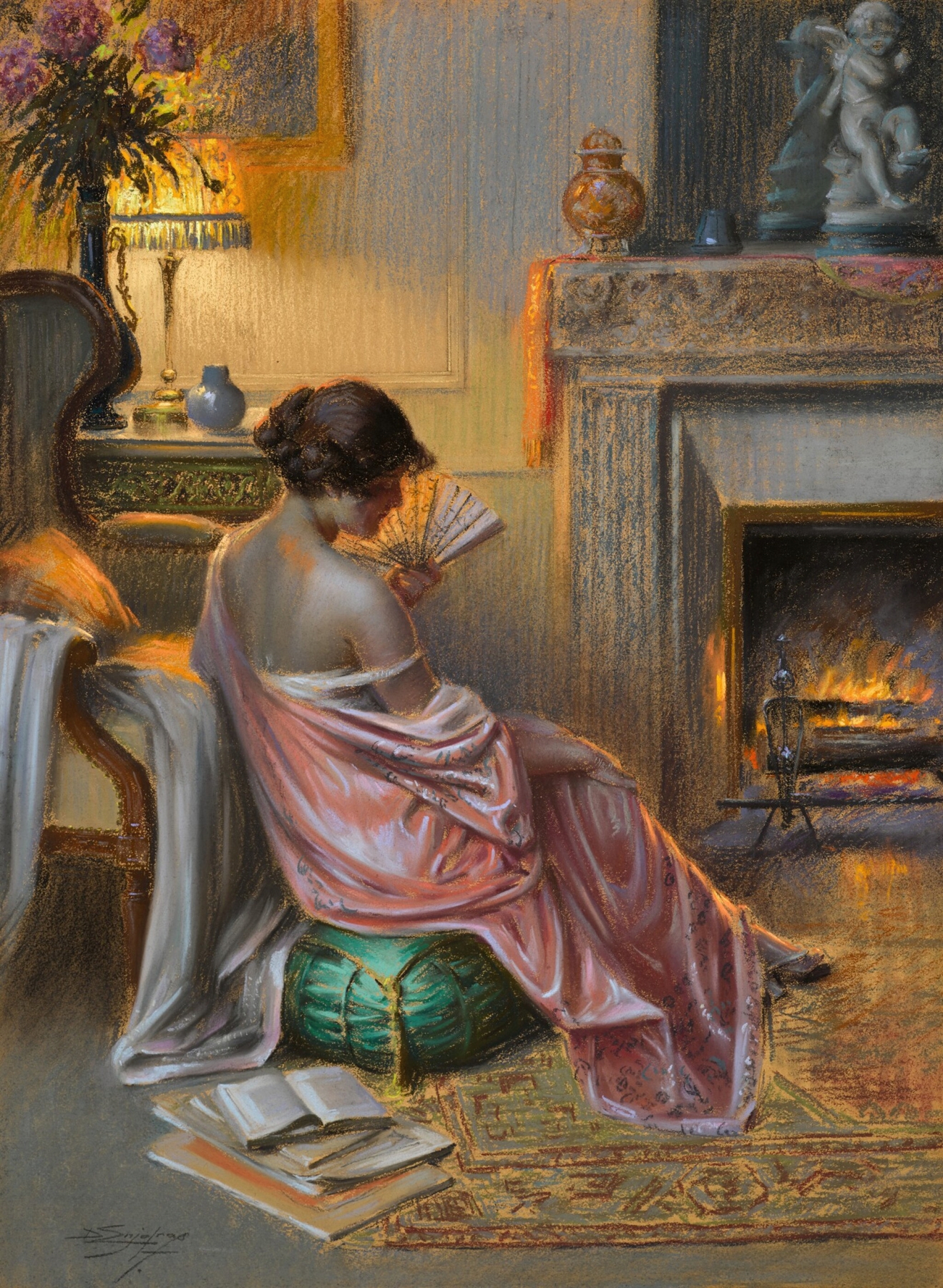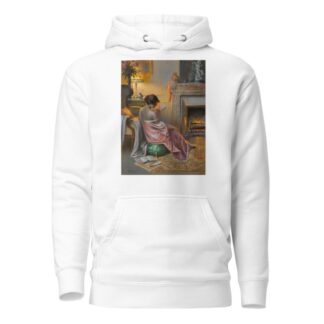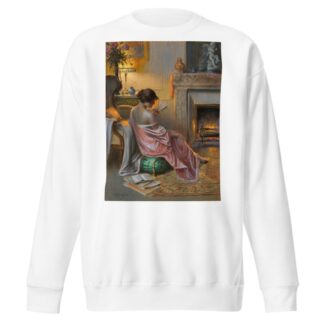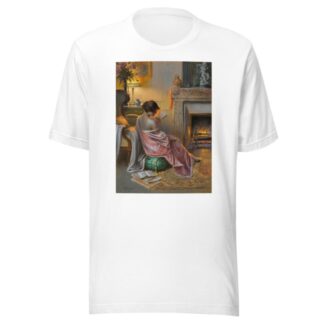Description
Femme à l’éventail by Delphin Enjolras printed on a T-Shirt
About the T-Shirt
Regular fit
Standard length, the fabric easily gives into movement
Casual wear
A classic, everyday option loved by our customers
Side-seamed
Constructed by sewing two parts together, creating a fitted look
The Unisex Staple T-Shirt feels soft and light with just the right amount of stretch. It’s comfortable and flattering for all. We can’t compliment this shirt enough–it’s one of our crowd favorites, and it’s sure to be your next favorite too!
- Solid colors are 100% Airlume combed and ring-spun cotton
- Ash color is 99% combed and ring-spun cotton, 1% polyester
- Heather colors are 52% combed and ring-spun cotton, 48% polyester
- Athletic and Black Heather are 90% combed and ring-spun cotton, 10% polyester
- Heather Prism colors are 99% combed and ring-spun cotton, 1% polyester
- Fabric weight: 4.2 oz./yd.² (142 g/m²)
- Pre-shrunk fabric
- 30 singles
- Side-seamed construction
- Tear-away label
- Shoulder-to-shoulder taping
- Blank product sourced from Nicaragua, Mexico, Honduras, or the US
Delphin Enjolras (1857-1945)
Delphin Enjolras was a French academic painter. Enjolras painted portraits, nudes, interiors, and used mostly watercolours, oil and pastels. He is best known for his intimate portraits of young women performing mundane activities such as reading or sewing, often illuminated by lamplight. Perhaps his most famous work is the “Young Woman Reading by a Window.”
He was born in Coucouron, Ardèche, son of Casimir Enjolras and Delphine Laurens. Enjolras studied under watercolorist Gaston Gérard at the “Ecole de Dessin de la Ville de Paris”, as well as Jean-Léon Gérôme at the Beaux-Arts, and Pascal Dagnan-Bouveret. Enjolras painted mainly landscapes in his early career; later it became evident that his love was for painting women. He changed genres, focusing mainly on the portraiture of elegant young women by either lamplight or black lighting. He would become an excellent painter of nudes, and many of his later works, such as “La Sieste” are of an erotic and sensual nature.
From 1890 and onwards, Enjolras exhibited his works at the Paris Salon, joining the Société des Artistes Français in 1901. Also, the Musée du Puy and Musée d’Avignon both have collections of his works.






Reviews
There are no reviews yet.